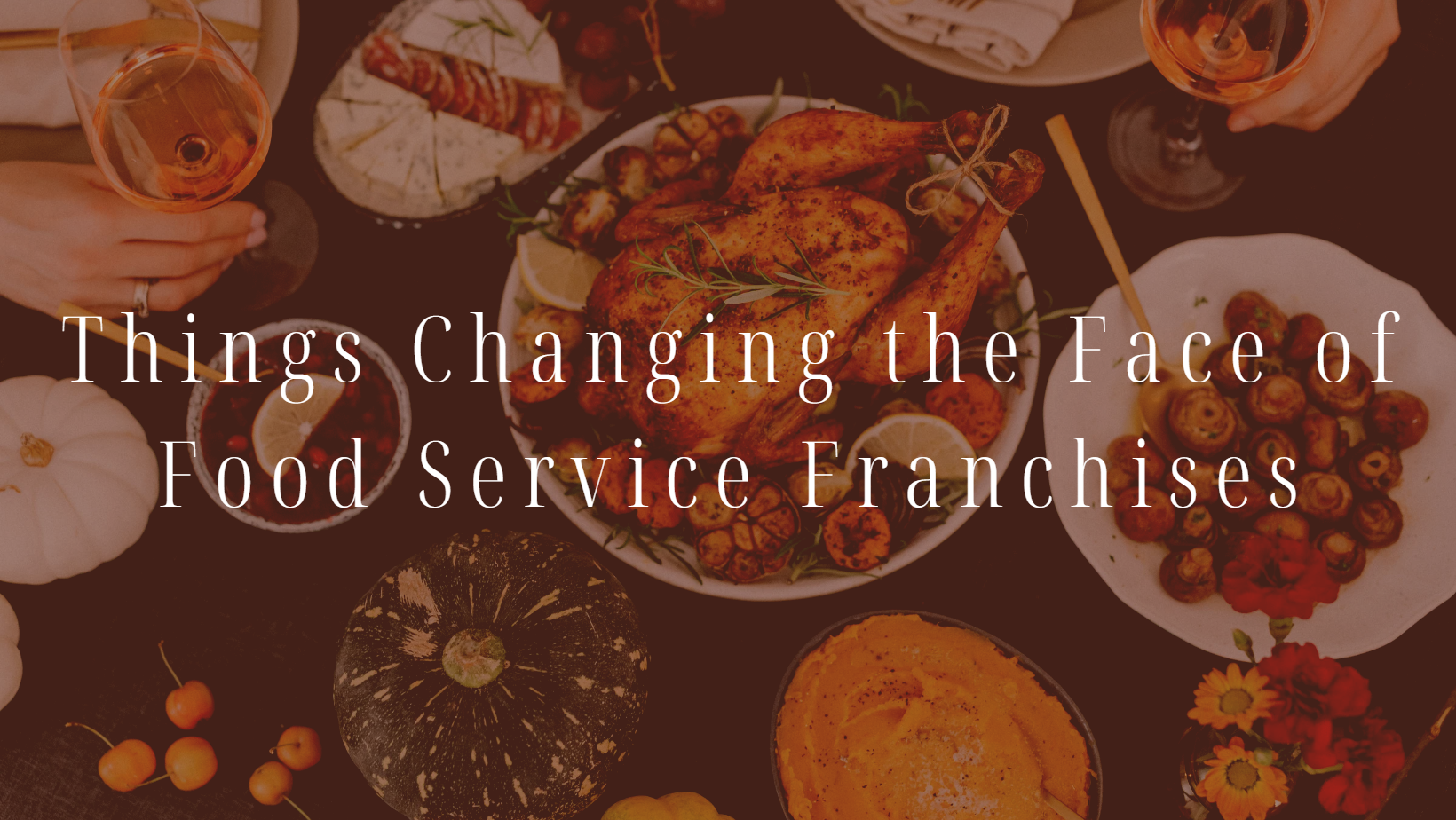

A franchise is a model of business in which a firm would share its marketing strategies to gain more reach as a business firm and geographically. It does so at a lesser cost and may share one of its products or maybe a brand name. A franchise can be defined as a venture which is jointly agreed upon between two parties which is the franchisor and the other is the franchisee. A franchisor is the one who originally owns the business and cells or shares the rights to increase its market reach. The franchisee is the party who buys the right and pays for it to the franchise or for the services and goods which exist under that particular brand for the product.
The franchise part of the business model provides entrepreneurs with a great opportunity to lay stepping stones for their businesses. It is probably one of the best opportunities for entrepreneurs who are fresher and ready to enter one of the most competitive fields in the world. The biggest advantage that an entrepreneur gets after buying a franchise from a renowned brand is that the entrepreneur would not have to spend much in gaining the same or making the people aware of the brand. They just have to invest in advertising the location of that particular brand and when we talk about food franchises we mean the brands that provide food services and products to the public.
The job opportunity of the franchise owner is far different from others.They do not have a flat salary rate, their salaries and success rate depends directly on the business they do. A franchisor mainly earns through the royalties and salary that is being paid by the owner of the franchise and the owner makes money from the profit they make through their business.
 The earnings are generally the leftover amount the brand makes after deducting the overhead costs. Overhead costs include the extra expenditure the firm makes in the form of maintenance, electricity, staff salaries, equipment costs, internet, etc. The main aspect that differentiates franchises from the traditional business model is that the franchise gets a fixed earning as compared to the traditional ones. They have a fixed percentage of earnings agreed on with the franchise owner.
The earnings are generally the leftover amount the brand makes after deducting the overhead costs. Overhead costs include the extra expenditure the firm makes in the form of maintenance, electricity, staff salaries, equipment costs, internet, etc. The main aspect that differentiates franchises from the traditional business model is that the franchise gets a fixed earning as compared to the traditional ones. They have a fixed percentage of earnings agreed on with the franchise owner.
Evolution is mother nature and every single thing under the sun evolves with time and that goes the same with the food industry too. Anyone who is presently thinking of investing in food franchises should know that even this industry is undergoing evolution and recently there has been a huge evolution in the food franchise model.
The concept of the franchise business model started in the mid-19th century with companies named McCormick Harvesting Machine Company and I.M. Singer Company. They introduced marketing in an organised manner and marketing thereby distributing to the future of franchising.
The three most important aspects that have changed the face of the food service franchise market are listed below.
 Cashless mode of payment- Cash is the leader and the game player of the economy but since this pandemic has hit the world every single person is trying to maintain social and physical contact when this plastic money like debit cards, credit cards online payments, etc. came into play. Presently, there is a huge demand for cashless payment and most food and beverages outlets are offering their customers this facility. Cashless payment has now become the new normal.
Cashless mode of payment- Cash is the leader and the game player of the economy but since this pandemic has hit the world every single person is trying to maintain social and physical contact when this plastic money like debit cards, credit cards online payments, etc. came into play. Presently, there is a huge demand for cashless payment and most food and beverages outlets are offering their customers this facility. Cashless payment has now become the new normal.
Variation in delivery options- This pandemic has forced people to opt for no-contact delivery. There have been people who never considered getting food delivered at home who also had to go for the home delivery option. Variation in delivery options provides people with the benefit to relax on their couch at home and order food online without leaving their comfort zone.
Fast food franchises concept with the limited public- Contact with the lesser public is the new norm. Having the best food with your loved ones without the interference of others is what people are considering presently and this fast food concept with the limited public is something that people are liking the most these days.



